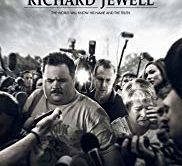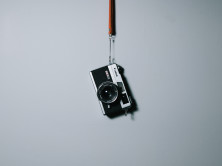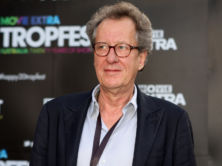CNET listed Error Level Analysis as one tool to check for fake photos. (Credit: Error Level Analysis)
It’s been a busy month for photojournalism ethics. Since the announcement that Osama bin Laden was killed, fake death photos circulated, the White House released a Photoshopped photo, two Hasidic news outlets doctored the White House-released photo and the White House announced it would stop the practice of staging photos.
In response, technology site CNET came up with a list of tips and advice in identifying fake or doctored photos. For example, CNET advised checking to see if possible fake photos have blurred areas, changing color shades, weird shadows or light or repetitive parts of photos.
CNET cited “Photoshop expert” Richard Quindry, who commented that the human eye ordinarily can spot photo fakery. “But to really know…you need to study it,” Quindry is quoted as saying.
Another tip CNET suggested for checking for photo fakery is through “Error Level Analysis,” a tool that analyzes photos for “differences in quality level” in photos by checking the brightness or darkness of the image.
Dartmouth computer science professor Hany Farid stated he checks a photo’s pixels, lighting, geometry, and so forth for consistency, CNET added.
“When you find traces of tampering, they can often be very compelling,” Farid is quoted as saying. “But when you don’t, you’re left with one of two conclusions: either the photo is real or it’s a very good fake.”
Read more on CNET’s website here.






